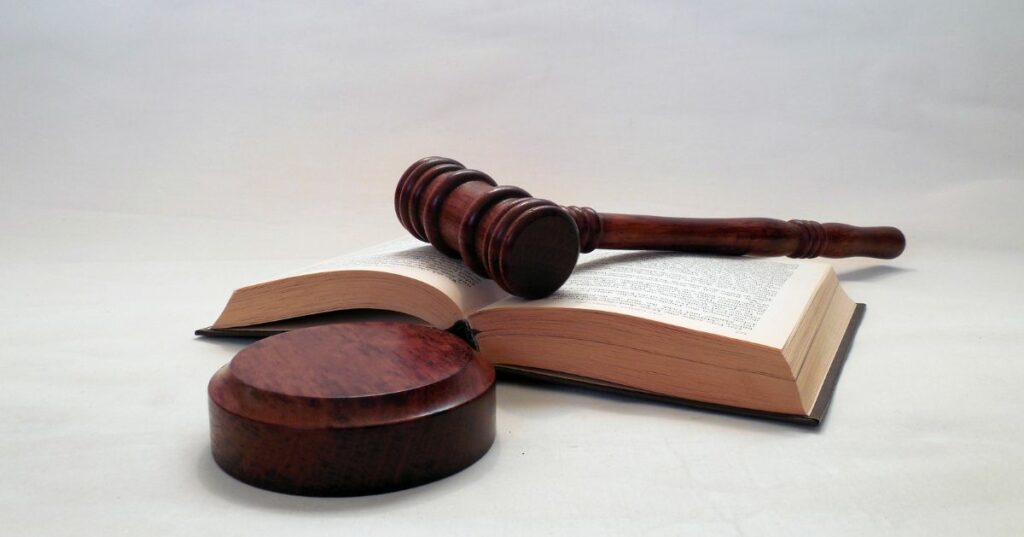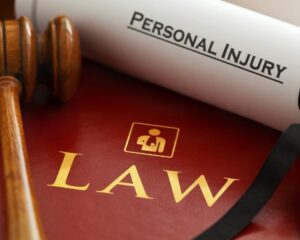
Have you been injured in an accident in Maryland that wasn’t your fault? If so, you may be wondering how to prove fault in a personal injury case. What evidence do you need to prove fault? And how long does a personal injury case take?
The answer may surprise you – it’s not always as straightforward as you might think.
The state of Maryland is a comparative negligence state. This means that if you are found to be even partially at fault for an accident, you may still be able to recover damages. However, the amount of damages you are able to recover will be reduced by your percentage of fault.
In this blog post, we’ll explore some of the factors that can come into play when determining fault in a personal injury case. We’ll also give you some tips on how to build a strong case and get the compensation you deserve.
Steps To Take To Prove Fault In A Personal Injury Case In Maryland
If you have been injured in an accident, it is important to contact a personal injury lawyer as soon as possible. An experienced lawyer will be able to help you determine who was at fault for the accident and whether you have a valid claim. He will help you gather evidence and build a strong case.
The Burden Of Proof (Proving Whose At Fault)

A preponderance of the evidence means that it is more likely than not that the defendant was negligent. In other words, you will need to show that it is more likely that the accident was caused by the defendant’s negligence rather than any other reason (such as your own negligence, or third-party negligence).
Types Of Evidence
There are various types of evidence that can be used to prove fault in a personal injury case. Eyewitness testimony, expert testimony, and physical evidence can all be used to establish the defendant’s negligence. We will look at each type of evidence in more detail below:
Eyewitness Testimony: The simplest way to prove fault in a personal injury case is by eyewitness testimony. Oftentimes, if the accident was clearly visible — for example, if there was a head-on collision — then the defendant’s name will be on the witness list before the case even goes to trial. Eyewitness testimony can make or break your case, so it’s important to find unbiased witnesses who will keep their cool on the stand.
Expert Testimony: The plaintiff may also have an expert testify regarding the defendant’s actions and whether or not those actions were negligent. Expert testimony often presents a more compelling case for the plaintiff, however, an expert witness is required to be qualified and unbiased. If the expert is found to be biased or is not qualified to give their opinion on the matter at hand, then the jury may discount their testimony.
Physical Evidence: Finally, it is important to collect physical evidence at the scene of an accident as soon as possible. This type of evidence will be used by both parties to determine who was at fault in the accident. It may include such things as broken head lights, broken taillights, skid marks, a vehicle that has been pushed off the road or into another vehicle and damage to the vehicle.
How Fault Is Determined

However, if one party was more at fault than the other, then that party may be responsible for all of the damages. Comparative fault requires that damages be reduced in proportion to how much more at fault one party was compared to the other party.
For example, if a driver was twenty per cent more at fault for an accident than another driver, damages awarded to the driver would be reduced by twenty per cent.
Pure comparative fault states that damages will be reduced in proportion to how much more at fault one party was compared to the other party.
Conclusion
Proving fault in a personal injury case can be quite complex. There are many additional factors involved beyond just showing who was most at fault for causing your accident or injuries.
An experienced personal injury lawyer can help you sort through all of these details and gather the evidence you need to build a strong case and get the compensation you deserve. Contact a Saller Law today if you have been injured due to someone else’s negligence.
-
In every case, we work directly with clients from the beginning to the end of a case. We hear about many lawyers who take the money and their client interaction doesn’t take priority. We know that an ideal outcome must come from collaboration with our clients. This approach ensures that everybody gets a fair deal – that our clients are never run over by what can be an unfair system. If you have been charged or are being investigated, it is absolutely crucial to begin defending as soon as possible. We encourage you to get in touch.
Get Your Free Consult

